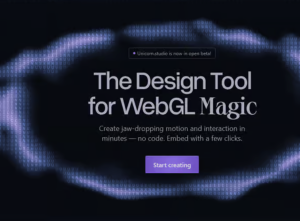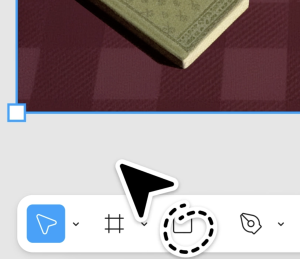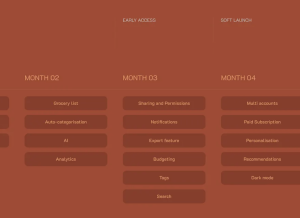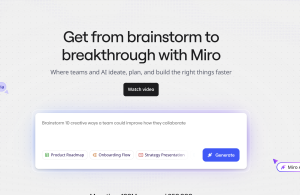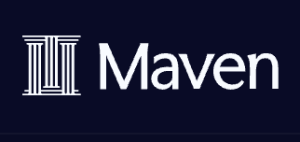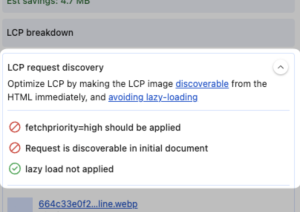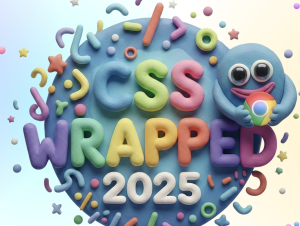Best 3D Web Design Tools 2025: No-Code & Frameworks
You’ve seen them everywhere lately—websites where objects rotate as you scroll, immersive product showcases that respond to your mouse movement, hero sections that feel alive. That’s 3D web design, and it’s no longer reserved for developers with years of experience or studios with massive budgets.

